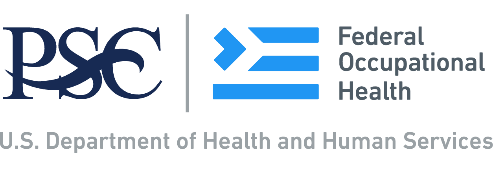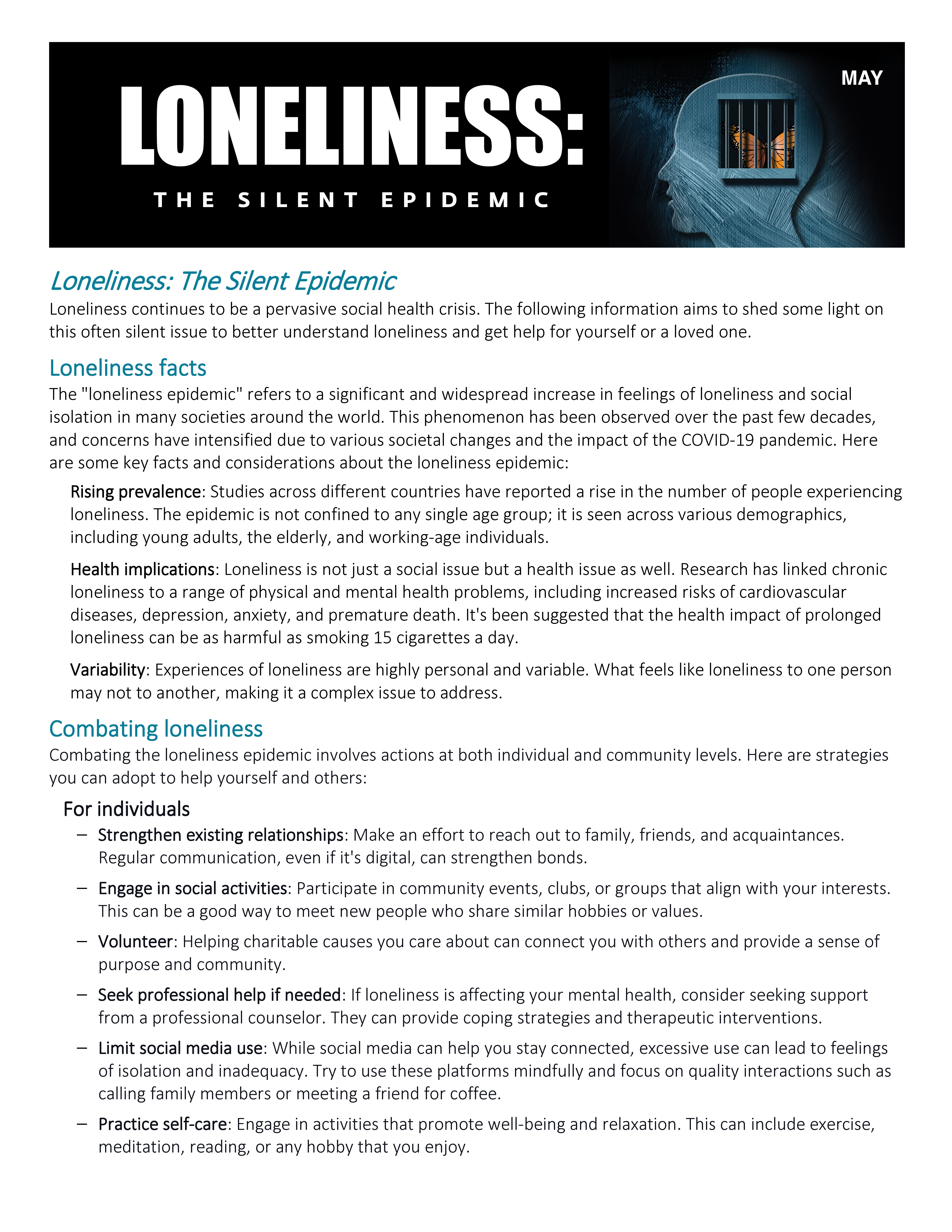


Change is a constant in our professional lives, particularly within the dynamic environment of the federal government. Whether it's new policies, technological advancements, or organizational shifts, adapting to change is essential for our personal and professional development and the effectiveness of our public service.
Still, change can be disruptive, and the uncertainty may leave you feeling stressed or anxious. To ease these effects, this month, we focus on strategies to help you acclimate and adjust to change effectively.
Understanding the Nature of Change
Change isn’t always easy or enjoyable, but it is a pathway for growth. Embracing change requires an open mind and a willingness to step out of your comfort zone. Here are a few reasons that change can be beneficial:
- Enhanced efficiency
New technologies and processes streamline our work, making public service delivery more effective and economical. - Skill development
Change often brings with it an opportunity to learn and expand skills, which increases versatility and resilience. - Public service impact
Staying ahead of trends and in step with current societal matters ensures agencies and employees can provide the best possible support to the public.
Strategies for Adapting to Change
Raising a resilient child starts with a family dynamic that nurtures mindfulness and buoyancy as a lifestyle to lay the groundwork for their emotional development and ability to cope. Here are some ways you can foster resilience in your children:
- Stay informed
Knowledge is power during workplace transitions. The more you know about the end goal and your role in achieving it, the more engaged and confident you’ll be in the process. Ask questions and seek to understand the why behind the change at hand. Attend training sessions if provided, read relevant materials, and participate in briefings. - Be open-minded
Adopt a positive attitude toward change. Rather than resisting, try to see the advantages and opportunities. It can be especially helpful to find something about the change that benefits you. For example, if your agency rolls out new project tracking software, instead of dwelling on how long it will take to learn or worrying about losing familiar capabilities, focus on how much faster you’ll be able to generate reports or how you’ll finally be able to extract the data you couldn’t with the old system. Maintaining this mindset will make the transition smoother and less stressful. - Develop flexibility
Flexibility goes hand in hand with adaptability. The better able you are to pivot and move forward, the easier it is to acclimate to the new way of doing things. Be willing to adjust your workflows and try new approaches. Flexibility can also mean being open to different roles and responsibilities. - Ask for and offer support
Sharing experiences and solutions can help you navigate change more effectively. Remember, you’re all going through the same transition and working toward the same goal. Don't hesitate to lean on your teammates and supervisors for support and be willing to assist them and troubleshoot obstacles together. - Focus on solutions
Instead of poring over difficulties that arise from change, concentrate on finding solutions. Approach hurdles with a problem-solving mindset and be proactive in addressing issues. - Take care of yourself
Change and transition can be taxing and stressful on the brain and body. Be sure you’re taking care of your physical and mental well-being throughout the process. Exercise, proper nutrition, and sufficient rest are essential to maintaining a positive outlook and high energy levels.
Download the Campaign
September WebinarWe also encourage you to attend this month’s free live webinar. Click the banner below for details and registration. |
|
Your Employee Assistance Program (EAP) is here to help you through all the phases of workplace change and transition. The EAP provides guidance and resources, as well as counseling if you find a workplace change to be particularly challenging or stressful. Contact us any time, day or night, for additional support or to schedule an appointment with a licensed counselor. 24 HOURS A DAY
The EAP is a voluntary and confidential employee benefit available to eligible federal employees at no cost. |








